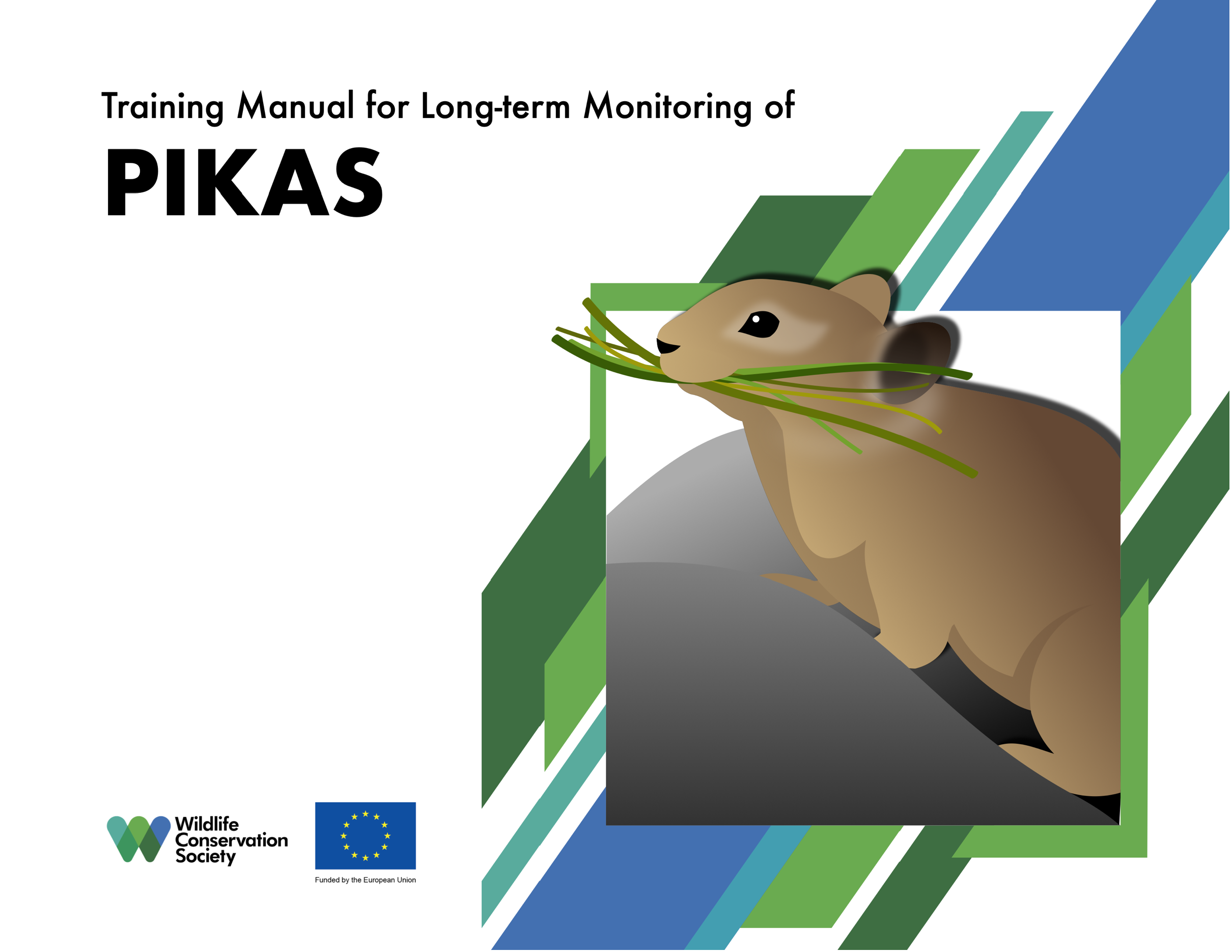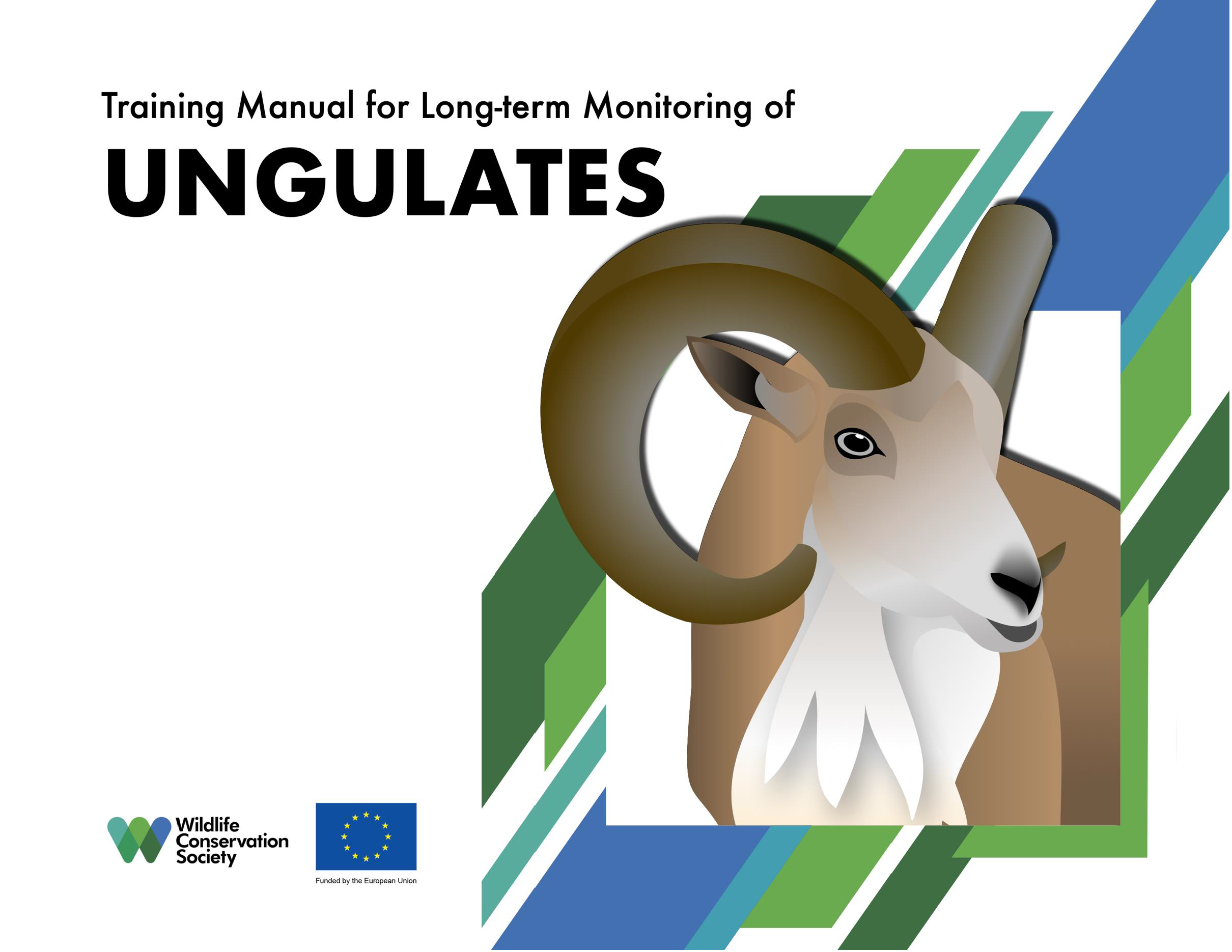A series of comprehensive, step-by-step illustrated training manuals has been meticulously developed to serve students, teachers, and scientists in monitoring key species and ecosystems affected by climate change in mountainous regions. These standardized manuals encompass six distinct protocols, each crafted to facilitate accurate and consistent data collection and analysis. The monitoring protocols are specifically designed to track rare or elusive mammals and birds, as well as assess the overall health of ecosystems in the wild. These species are often indicators of broader environmental changes, making them essential for understanding the impacts of climate change.
Each protocol includes clear, illustrated instructions, ensuring that users of all levels can effectively employ the techniques. The manuals provide guidance on selecting appropriate monitoring sites, setting up and maintaining equipment, and recording observations systematically. Additionally, they include methodologies for estimating population abundance and distribution changes over time.
By following these protocols, users can generate reliable data that contribute to long-term ecological studies and inform conservation strategies. The training manuals not only enhance the capacity for local and regional climate change monitoring, but also foster a deeper understanding of the intricate relationships between species and their changing habitats.
Access Training Manuals for Long-term Monitoring in PDF format:





